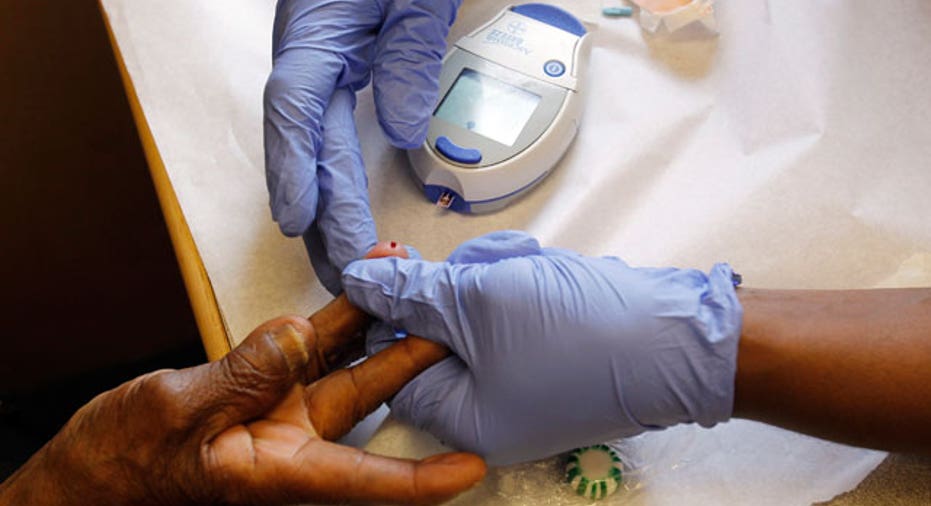The Economic Costs of Diabetes

Celebrated this week, World Health Day’s focus this year was raising awareness on diabetes, which is projected to be the 7th leading cause of death by 2030, according to the World Health Organization. According to the American Diabetes Association (ADA), nearly 30 million Americans have diabetes, and an additional 86 million Americans have prediabetes, which puts them at greater risk for developing type 2 diabetes.
The CDC estimates that every day, more than 3,700 people are diagnosed with diabetes in the U.S., the equivalent of about one new diagnosis of diabetes every 23 seconds.
Who is most at risk? Is it preventable?
The main forms of the disease are type 1 and type 2 diabetes. According to the ADA, type 1 diabetes is usually diagnosed in children and young adults, and was previously known as juvenile diabetes. Only 5% of people with diabetes have this form of the disease
Type 2 diabetes is the most common form of diabetes, and medical experts say by staying at a healthy weight, eating well and being active you can prevent or delay this form of the disease.
"Approximately one in two seniors has prediabetes, and early intervention is critical to preventing or delaying the onset of type 2 diabetes," said Robert E. Ratner, MD, chief scientific and medical officer for the ADA.
What are the economic costs of diabetes?
Diabetes is not just a health issue. According to the ADA, healthcare costs for people with diabetes are 2.3 times higher than for individuals who do not have diabetes.
According to findings from the ADA’s 2012 study “the Economic Costs of Diabetes in the U.S.,” the total estimated cost of diagnosed diabetes was $245 billion, including $176 billion in direct medical costs and $69 billion in reduced productivity.
Also in 2012, the cost of diagnosed and undiagnosed diabetes and prediabetes combined escalated to $322 billion, a 48 percent increase in just five years. This equates to one in every 10 healthcare dollars being spent treating diabetes and its complications, and one in five health care dollars being spent to care for people with diabetes. For Medicare beneficiaries, the numbers are greater, with one in every three Medicare dollars spent on care for people with diabetes.
What are the early warning signs to be aware of?
According to WebMD, some common warnings signs of diabetes include:
Increased thirst
Hunger and fatigue (especially after eating)
Dry mouth
Frequent urination or urine infections
Unexplained weight loss (even though you are eating and feel hungry)
Blurred vision and headaches
WebMD also points out “sometimes type 2 diabetes can develop without any warning signs. In fact, about a third of all people who have type 2 diabetes don't know they have it. That's why it's important to talk to your doctor about your risk for diabetes and determine if you should be tested.”



















